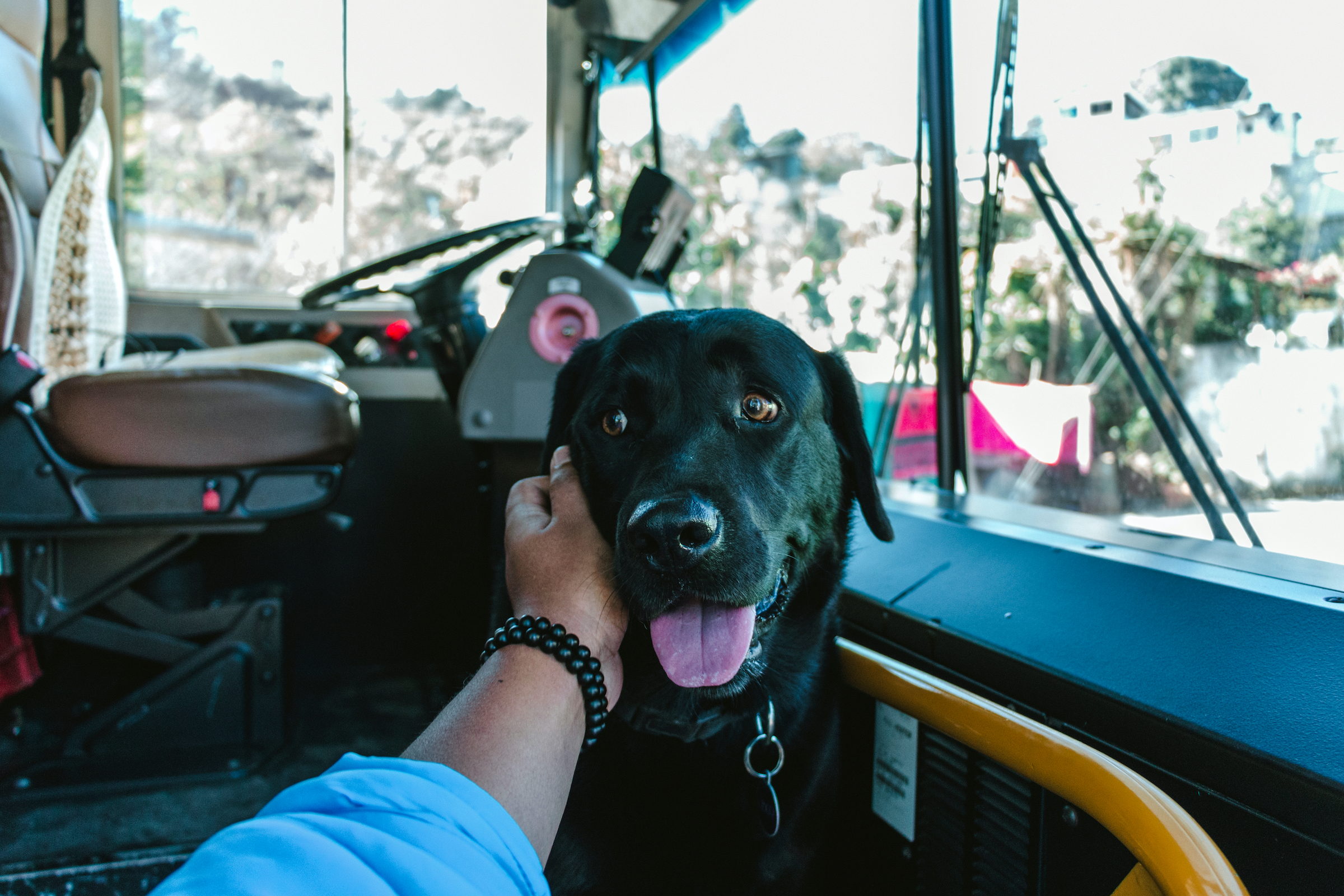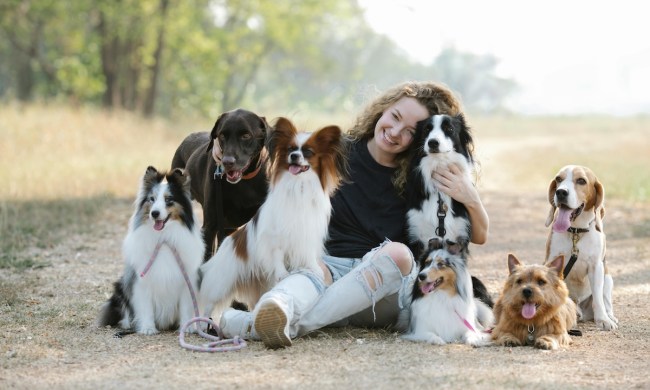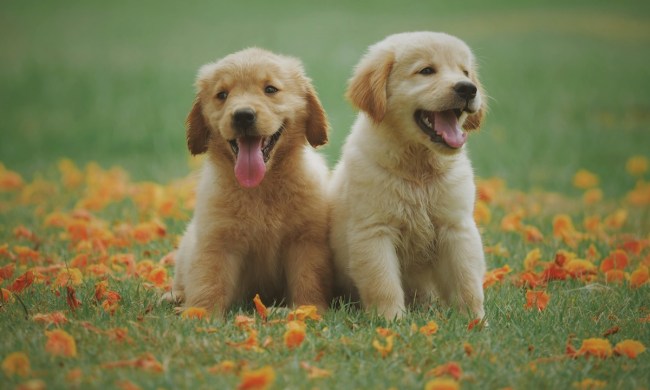At first glance, it may feel like pet-friendly trains and buses are few and far between. For non-service pets, anyway, it definitely can be hard to know whether your transportation of choice accepts four-legged passengers. You’ll have to check in with your local bus or train to be positive, but we hope we’ve made your life a bit easier by gathering everything you need to know about traveling with your pup.
If your dog is a service animal, you won’t have to worry about when and where most dogs are allowed. But here’s the thing: Emotional support animals do not count as service dogs, according to the ADA. So if you have an emotional support dog at home, they will be treated as pets when on public transpiration.
Can I take my dog on a train?
Long story short—it depends on the train! You’ll be happy to know that many major US railways, such as Amtrak and the New York City subway line, are accommodating to small animals.
Amtrak allows small dogs (and cats) on trips lasting fewer than seven hours. The animal and carrier must weigh 20 pounds or less to be allowed on the train, and the animal needs to be able to stay in its carrier for the duration of the train ride. Unfortunately, larger dogs are not allowed at this time, though a few clever New Yorkers are getting around this limitation when it comes to the subway.
The Metropolitan Transit Authority — the company that runs the NYC subway — explains that dogs “must be in a bag or other container and carried in a way that doesn’t annoy other riders.” Since this rule went into effect, pet parents have used their intelligence and some very large bags to craft their own hilarious solutions. May we present: pure genius.
My favorite picture EVER of someone bringing a dog "in a bag" on the subway ?? pic.twitter.com/4PTUNofv68
— Pamela?️??? ||-// (@PamelasRageLove) June 7, 2017
How can I book an online train ticket for my dog?
Because dogs are only allowed in bags (or bag-like accessories) on the NYC subway, you won’t need to buy them a ticket. As for your furry companion on Amtrak, though, you will need one. This is because only five non-service animals are allowed on each train trip. We recommend reserving one for your buddy as soon as possible to make sure he’s one of those five.
To buy a ticket for your pet on an Amtrak ride, you can call 1-800-USA-RAIL or visit an Amtrak ticket counter. Each animal’s ticket will be $26, according to Amtrak’s website. Follow those same steps if you want to contact your local train station about bringing your dog, too.
Can I take my dog on a bus?
When it comes to buses, the rules are just as varied. Some bus lines allow only service animals, while others welcome small pups and cats in carriers — sorry, big dogs! National bus companies are usually pretty transparent about their policies, but you’ll want to double-check with your city bus before assuming your buddy can come along.
Greyhound buses have to be dog friendly, right? Just look at the name! Unfortunately, that’s not the case. This bus line does not allow pets at all, no matter where you’re riding to or from. The exception, of course, is service animals, as the bus line has to comply with ADA standards.
Peter Pan buses, on the other hand, welcome small dogs and cats in carriers. The combined weight of the pet and carrier can’t be more than 25 pounds, and the carrier must remain closed in the seat in front of you for the entire ride.

Are dogs allowed on NYC buses?
Good news, pet parents: the buses in New York City are also run by the Metropolitan Transit Authority, so the same rules as the subway apply. That means you and your dog can travel together—as long as they’re in a bag, of course. New York is unique in its lack of weight restrictions for pets on public transportation, so if you’re willing to get resourceful, even your large dog can tag along on your adventure.
No matter which dog-friendly trains or buses you want to take your pup on, it’s important to make sure your furry friend is healthy and well-behaved enough to travel. Why not take a test run on a brief trip? Your buddy should be up to date on all vaccinations, even as a puppy, and able to relax in their carrier while traveling. A stressed-out dog on a bus won’t be fun for anyone—especially you! Once you’re confident your pup can travel for a long distance, look into the applicable rules and book that adventure for you and your four-legged best friend!



